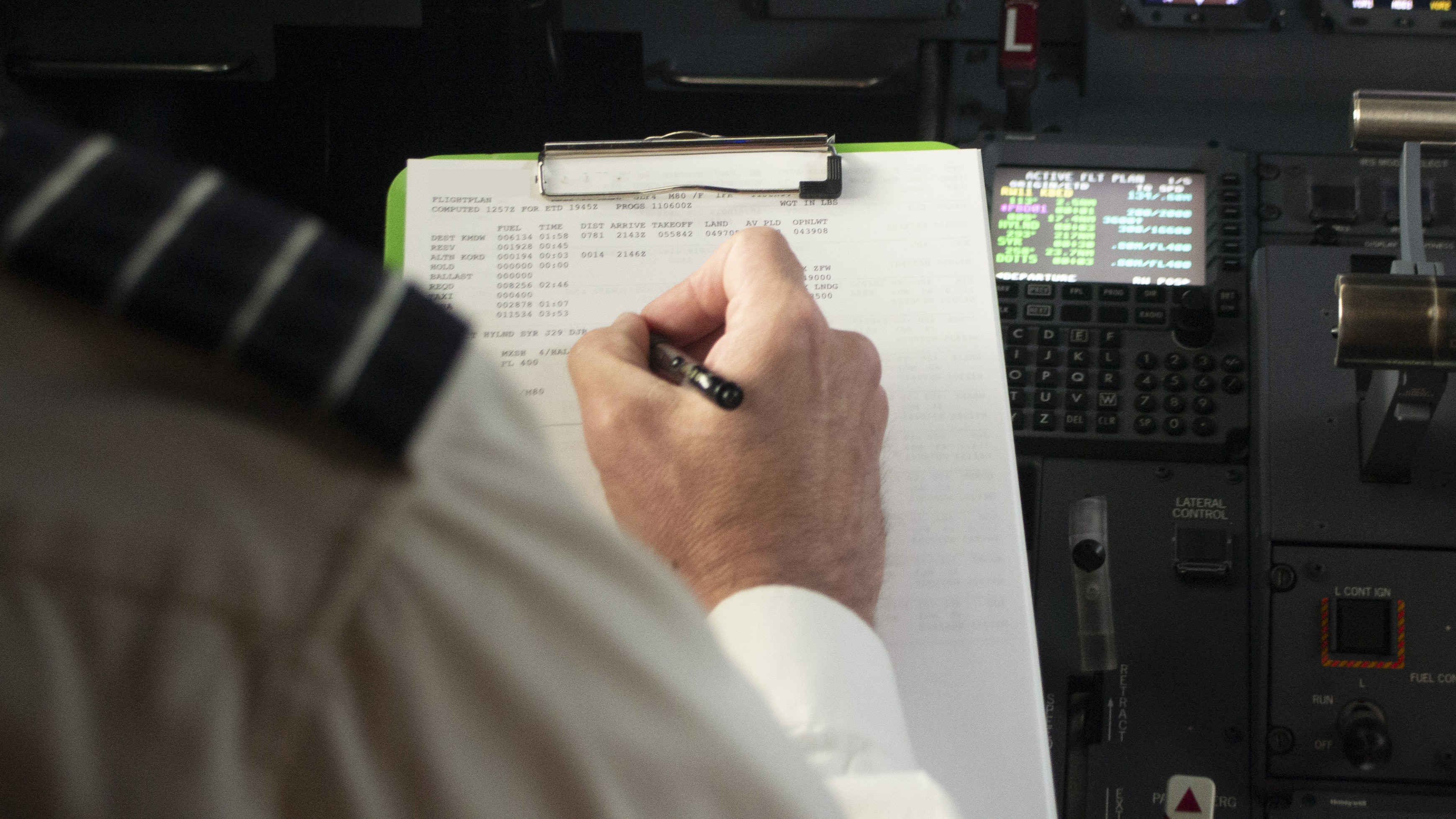If you are in a small flight department, the question of whether or not to upgrade a first officer to captain is probably more about experience levels and politics than anything else. The first officer may be wildly unqualified. The people paying the bills may have an agenda that mandates upgrade no matter what you say. The decision is pretty much out of your hands.
— James Albright

Updated:
2021-10-03
In a larger flight department, things may be the same, but they may be very different. If so, this page is for you. The aim of the upgrade process is for experienced flight operations personnel to review, evaluate, and approve or disapprove a first officer’s command upgrade. The process must be fair, transparent, and objective.
What follows may be too formal or not formal enough for your corporate environment. But it gives you a place to start.

1
The selection process
Objective
Your company should be clear on the objective of the upgrade process. A possible aim:
The company selects and hires first officers with the aim of training, preparing and ultimately giving these individuals the opportunity and consideration of becoming future captains. The company attempts to “promote within."
The Command Upgrade Committee
The Director of Aviation (DOA), the Director of Standards (DOS), the Director of Training (DOT), and other flight department members selected by the DOA make up the command upgrade committee.
Command Upgrade Qualifications
First officer candidates will meet the following qualifications before command upgrade consideration:
- ATP with appropriate type rating
- Class 1 medical certificate
- The minimum hours required by the Company Operations Manual, as an example:
- 3,000 hours in an airplane
- 1,500 hours multi-engine
- 500 hours make and model
- 350 hours total instrument time
- Recommendations from other company captains
Note: Flight time prerequisites may be adjusted by the chief pilot and director of aviation for candidates with exceptional skill and judgment.
Candidates will pass an interview and complete at least one trip with the DOS displaying:
- A sound knowledge of aircraft systems and limitations
- A good recall of company Standard Operating Procedures (SOPs)
- An ability to use and further develop effective decision making and crew coordination
- Effective use of normal and abnormal aircraft procedures
- An ability to manage cockpit tasks and passenger demands
Command Upgrade Criteria
The command upgrade committee will consider the following:
- A captain position is available
- Upgrades are assigned based on the candidate’s performance and not seniority
- The candidate’s qualifications
- The candidate’s training records
- A review of the candidate’s recommendations
- An interview with the candidate
The Command Upgrade Process
- The command upgrade committee recommends the candidate for upgrade
- The DOT supervises the command course, detailed below
- Once passed, a letter of designation will be added to the candidate’s records
2
The upgrade course
Direct entry captains are trained as follows:
- Company induction and orientation, provided by the DOT
- Type rating training, provided by an approved vendor
- ASSET, provided by a qualified captain
- One company trip with passengers, acting as captain, performing duties from both seats, under the supervision of a qualified captain
- A line check, performed by the DOS
FO Upgrade Training:
- Instruction in command issues by a qualified captain. For some ideas about this, see Being a Better Captain.
- Instruction in left seat specific differences by a qualified captain, such as taxi and braking techniques. For more about these types of left seat challenges, see: The Left Seat (for the first time).
- ASSET, provided by a qualified captain
- One company trip with passengers, acting as captain, performing duties from both seats, under the supervision of a qualified captain
- A line check, performed by the DOS
Ground Training Curriculum:
- Principles
- Flight discipline
- Flight skill
- Proficiency
- Knowledge
- Self-assessment and monitoring
- Aircraft knowledge
- CRM
- Physical and corporate environment
- Risk management
- Outcomes
- Situational Awareness
- Judgment. and decision-making
- The "total package"
Flight Training
The flight training portion of Captain Upgrade Training is comprised of ten trips conducted during normal company flight operations. These flight training sessions will be conducted under the direct supervision of the Chief Pilot or his/her qualified designee. The following subject areas will be covered:
- Preparation
- Route selection and planning.
- Coordination with Merck Operations Staff.
- Coordination with Maintenance and Line Staff.
- ARO procedures.
- Customs procedures.
- TSA and DASSP procedures.
- Pre-flight paperwork.
- Cockpit preflight.
- Crew briefing.
- Passenger considerations.
- Normal flight operations
- Taxi.
- Take-off.
- Climb.
- Enroute.
- Descent.
- Approach.
- Landing.
- After landing.
- Post-flight
- Passenger considerations.
- Aircraft security.
- Maintenance debrief.
- Coordination with customs.
- Coordination with Merck Operations Staff.
- Post-flight paperwork.
- Management of abnormal and emergency situations
Line Check:
- The line check will be administered by the DOS and will include at least two legs on a passenger carrying trip with the candidate flying from both seats
- The line check for an FO upgrade will include at least one leg with a complete aircraft shutdown and subsequent start of a new duty period
- A line check is deemed passing if, in the evaluators opinion, the trip was executed safely and achieved all passenger travel objectives without requiring the evaluators intervention

